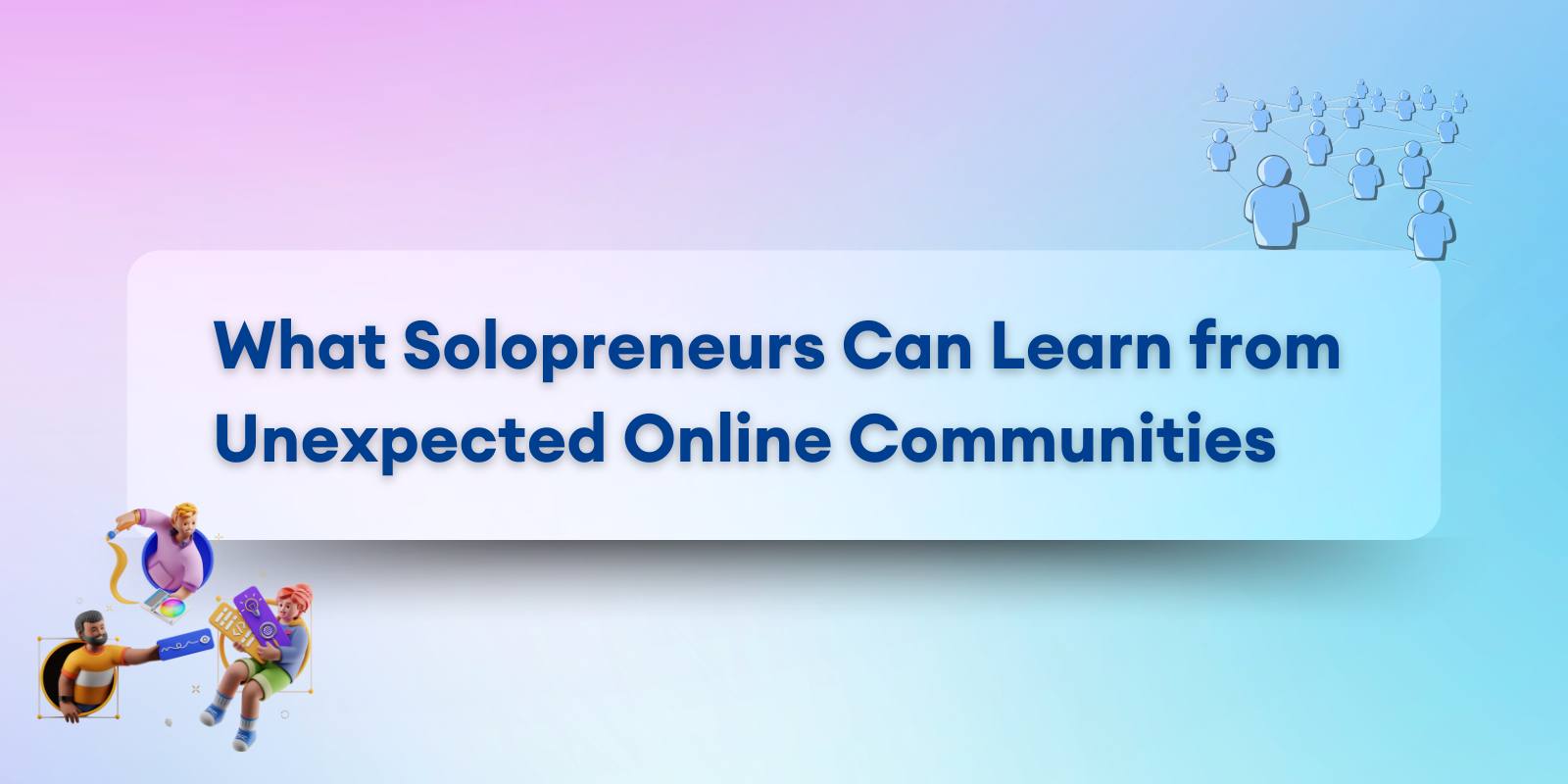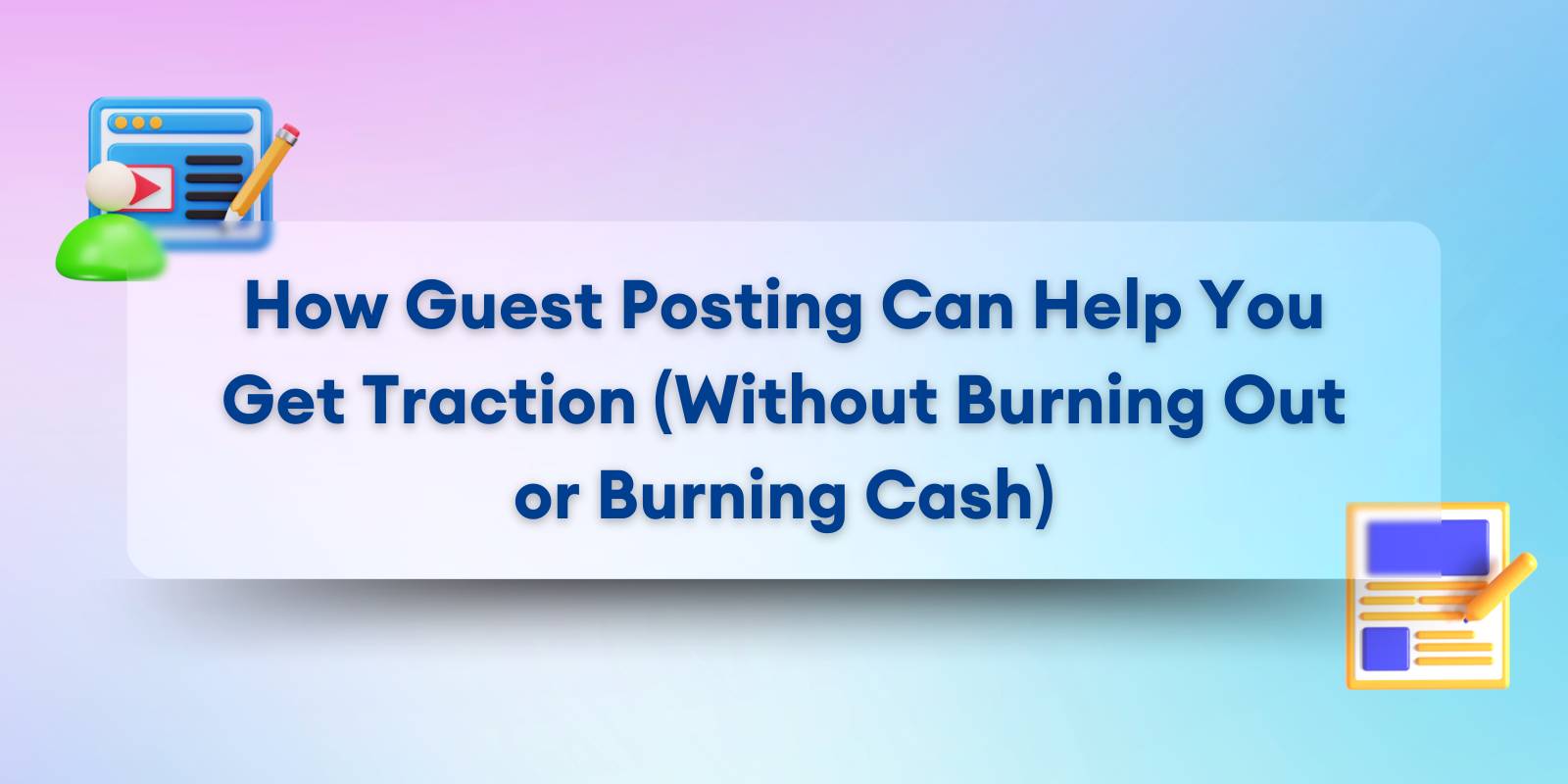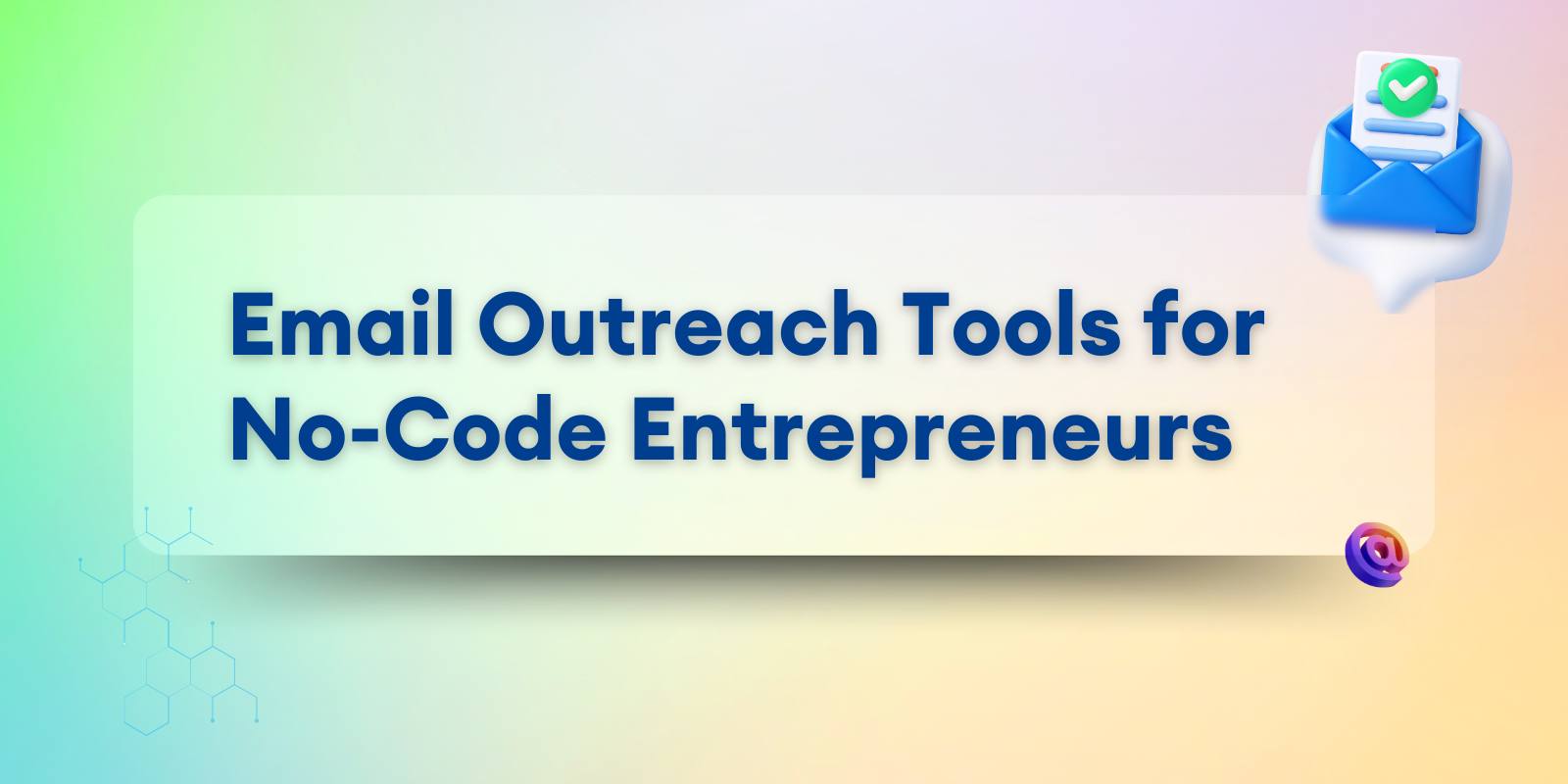
A few months ago, a friend told me about a fan-run Discord server for a 90s video game. It had no moderators, no official presence, and no clear purpose, yet it had 40,000 active members.
Every day, people debated obscure game mechanics, shared artwork, and even organized tournaments with zero incentive. No ads. No brand. No “content strategy.”
When I asked what made it so addictive, one member said, “It’s just fun. You never know what you’ll see next.”
That line stuck with me.
Because most solopreneurs are trying to engineer engagement; scheduling posts, tracking metrics, and optimizing funnels while these communities are earning it through something simpler: human psychology.
The best online spaces aren’t built on tactics. They’re built on instincts; curiosity, belonging, recognition, and surprise.
The very emotions marketers spend fortunes trying to simulate already exist in organic, messy, unmonetized corners of the internet.
So what if, instead of forcing engagement through automation, solopreneurs studied why people engage in these wild, unstructured environments, and borrowed the parts that work?
That’s what this article unpacks: the psychological levers that make “non-business” communities magnetic, and how you can apply them to grow loyal audiences, customers, and advocates who stick around because they want to.
Why Most Solopreneur Communities Fall Flat
Solopreneurs work hard to build “community.” They launch newsletters, Slack groups, and courses, only to find silence.
Threads go unanswered. Channels die. Engagement drops off.
And yet, from the outside, everything looks right. There’s content, automation, design.
But something’s missing: emotion.
The Illusion of Engagement
It’s easy to mistake activity for connection.
Your analytics show growth. Subscribers up and impressions rising but you can’t shake the sense that no one’s really there.
That’s because most founders approach engagement like engineering: more features, more content, more channels. They build mechanics instead of meaning.
True engagement comes from a psychological loop: emotion → attention → participation → reward.
If any part of that loop is missing, people drift away.
Great communities, business or not, make that loop effortless. Every post, reply, or event gives people a feeling: I belong here.
Solopreneurs often build the structure but forget the soul.
The Real Reason People Don’t Engage
It’s not that your content isn’t good. It’s that it doesn’t trigger anything.
The best communities, even accidental ones, understand that humans engage when certain emotional needs are met:
- Curiosity: something new to discover.
- Belonging: feeling part of a group.
- Recognition: being seen or acknowledged.
- Surprise: breaking predictability.
Take, for example, spaces that thrive purely on these instincts, even those unrelated to business.
Platforms like Emerald Chat, or older ecosystems like Omegle, built entire experiences around random video chat, driven not by algorithms, but by curiosity and connection.
People didn’t return because of marketing. They returned for emotionally unpredictable human moments.
If solopreneurs learned to design for the same emotional drivers - not features, not funnels - engagement would stop being an uphill battle.
What Non-Business Communities Get Right About Human Behavior
Communities that thrive without marketing budgets understand something most solopreneurs overlook: people don’t join for utility, they join for feeling.
Let’s break down the psychological foundations that make these “unintentional masterclasses in engagement” work, and how to apply them.
Curiosity Is the Gateway Drug
Curiosity is engagement’s ignition switch.
People enter communities because something feels unpredictable, the chance of discovery.
Fandom threads, meme subcultures, random chat rooms, they all promise novelty.
The uncertainty itself is the hook.
Solopreneurs can apply this by introducing micro-unpredictability into their ecosystems:
- Tease a behind-the-scenes process instead of announcing outcomes.
- Share open-ended stories that make readers wonder what happens next.
- Run small, participatory experiments, “help me name this feature,” “vote on tomorrow’s topic.”
Curiosity converts attention into involvement.
The goal isn’t to create chaos, but to build anticipation loops that keep people returning just to see what’s next.
Belonging Outweighs Features
In every thriving community, belonging beats functionality.
Fans of a band, players in a niche game, creators on tiny subreddits, they stay because they identify with the group.
Belonging transforms audiences into tribes.
Solopreneurs can spark belonging by:
- Naming their audience identity (“early builders,” “tiny launchers”).
- Using shared rituals (weekly progress threads, launch anniversaries).
- Writing in language that includes (“we,” “our,” “together”).
Belonging is scalable empathy, it gives people permission to care.
The Power of Small, Visible Wins
Recognition keeps communities alive.
Even small feedback loops - likes, mentions, reposts - tell members their participation matters.
Every micro-reward is a nudge that says, “I see you.”
In meme groups, that’s upvotes. In fandoms, it’s shared art. In indie circles, it’s public shoutouts.
For solopreneurs:
- Highlight user stories or testimonials.
- Celebrate milestones publicly (“100th subscriber today. You made this happen”).
- Create recurring moments of recognition, like “Builder of the Week.”
You don’t need a points system, just genuine acknowledgment.
People don’t want hierarchy. They want to matter.
Applying These Lessons to Solopreneur Growth
Theory without application dies in a Google Doc.
So let’s translate these community principles into practical steps for solopreneurs who want engagement that lasts.
Build Emotional Loops, Not Funnels
Funnels move people mechanically: awareness → interest → conversion.
Emotional loops keep them coming back — curiosity → participation → recognition → curiosity again.
To build one:
- Start with emotion. Lead with vulnerability, insight, or playfulness.
- Invite micro-participation. Ask for opinions, feedback, or help naming something.
- Close the loop with recognition. Respond publicly or highlight contributions.
Example: You share your first failed prototype → followers comment → you reply personally → next week, you show their suggestion implemented.
That’s emotional compounding.
Each interaction strengthens the bond, no ads required.
Design for Discovery and Surprise
Predictability kills attention.
Non-business communities thrive because people never know what’s next.
As a solopreneur, you can engineer small doses of surprise:
- Drop an unplanned experiment (“Trying a new format today.”)
- Publish “raw” posts mid-build instead of polished case studies.
- Announce something exclusive for early supporters.
Surprise reignites interest, it rewards attentiveness.
Example: when a creator randomly shares a personal milestone or experiment that wasn’t “scheduled,” it creates authenticity shock.
People remember moments that feel unplanned but real.
Discovery keeps audiences exploring.
Surprise keeps them emotionally awake.
Create Spaces for Participation, Not Perfection
The best communities make contribution easy, not intimidating.
Most solopreneurs over-polish their brand voice, unintentionally signaling: “I talk. You listen.”
But engagement thrives on imperfection.
Make it safe for people to show up casually.
You can:
- Share work-in-progress and invite critique.
- Let community members co-create (e.g., product names, taglines).
- Encourage “small wins” posts to normalize progress, not perfection.
Participation is self-reinforcing: once someone contributes once, they’re more likely to do it again.
Don’t design your brand like a stage.
Design it like a campfire, where every voice adds to the story.
Case Snapshots: When Connection Scales Naturally
Let’s look at three examples where emotional design fueled growth, without complex strategy.
Indie Hacker Communities: Built on Vulnerability
Members don’t posture. They share struggles and small wins.
That vulnerability builds trust and belonging.
Trigger: Relatability
Lesson: Share your process in public, unfiltered. Progress is more magnetic than perfection.
Fan Fiction Groups: Built on Shared Imagination
Readers become co-creators, expanding storylines together.
It’s not content, it’s collaboration.
Trigger: Ownership
Lesson: Invite your audience into your creative or product process. People commit to what they help build.
Micro Twitter Circles: Built on Reciprocity
Growth came from replying thoughtfully and amplifying peers daily.
No automation. Just consistent, human reciprocity.
Trigger: Recognition
Lesson: Engagement is a two-way street. Treat attention as currency; give first, get later.
Each of these examples proves the same point:
Connection scales when emotion is designed in, not outsourced.
Bringing It All Together: Connection as a Growth Engine
The most powerful growth systems aren’t mechanical, they’re emotional engines.
Funnels move traffic.
Communities move people.
As a solopreneur, your greatest advantage is intimacy.
You don’t need enterprise budgets or viral algorithms, you can connect personally, directly, and consistently.
When you design for emotion - curiosity, belonging, recognition, surprise - you create magnetic loops that compound over time.
Not followers. Not vanity metrics.
Loyal humans.
Here’s the mindset shift:
Stop chasing “community growth.” Start designing human behavior systems.
Every message, shoutout, or shared story can either drain or reinforce the emotional loop. Choose reinforcement.
Growth doesn’t come from posting more.
It comes from understanding why people stay.
Because at the end of the day, audiences don’t want perfection.
They want participation.
They want connection.
They want to feel something.
And if you can give them that, even in small doses, they’ll not only engage; they’ll stick around for the long run.
The strongest brands don’t out-market everyone else, they out-care them.




